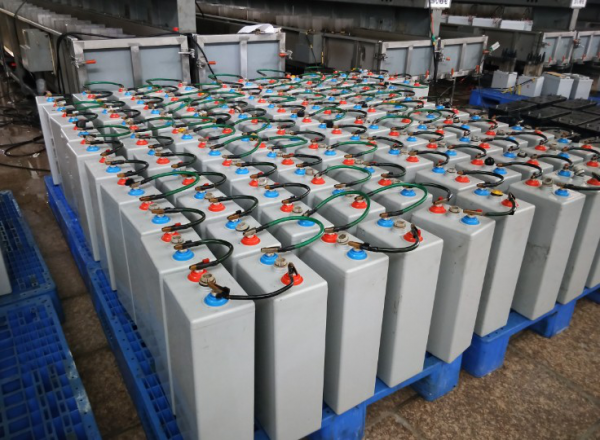OPzV (Valve-Regulated Tubular Gel) batteries are designed to deliver reliable power under challenging conditions. To maximize their performance and lifespan, it’s essential to provide them with an optimal operating environment.
1. Temperature Control
OPzV batteries are highly resistant to temperature fluctuations, but they still perform best within a range of 20–25°C (68–77°F). Excessive heat accelerates grid corrosion and gel electrolyte degradation, while cold temperatures reduce capacity and charging efficiency. For long-term storage or use, maintaining a stable temperature is critical.
2. Ventilation
Although OPzV batteries are sealed and emit minimal gas, good ventilation is still important to dissipate any accumulated hydrogen or oxygen that might escape during overcharging. Proper ventilation reduces the risk of explosive gas buildup and prolongs the system’s safety.
3. Clean and Dry Environment
OPzV batteries should be placed in clean, dry locations to prevent corrosion and contamination of terminals. Avoid areas prone to high humidity, as moisture can lead to electrical leakage and damage.
4. Vibration-Free Installation
These batteries are robust but should be installed on stable, vibration-free platforms. Excessive vibration can damage the internal components, leading to reduced efficiency and premature failure.
Providing these environmental conditions ensures that OPzV batteries perform reliably over their expected service life.


